The Application Scenarios of Foot Pressure Distribution Systems in Medicine
Foot health is crucial for overall well-being, as foot problems can cause pain not only in the feet but also in joints such as the knees, spine, and hips. With advances in technology, the foot pressure distribution system has become an increasingly popular diagnostic tool in the medical field. By accurately measuring and analyzing the pressure distribution of the foot, this system helps doctors assess foot health and provide scientific treatment and correction plans.
The application scenarios of foot pressure distribution systems in medicine are diverse, ranging from common sports injuries to complex foot diseases and even fall prevention for the elderly. The foot pressure distribution system plays an important role in all these areas. This article will detail its applications in the medical field, including its role in foot disease diagnosis, treatment planning, and rehabilitation monitoring.
The foot pressure distribution system not only helps medical professionals better understand and diagnose foot conditions but also provides patients with personalized treatment and preventive plans. As technology continues to advance, the accuracy and scope of foot pressure distribution systems are expanding, and they are expected to play an even greater role in medicine and health management in the future.
Working Principle of the Foot Pressure Distribution System
The working principle of the foot pressure distribution system is based on pressure sensing technology. The system embeds pressure sensors into specially designed insoles or mats, collecting real-time pressure data from the foot. This data is then analyzed by computer software, generating pressure distribution maps that show the pressure variations across different areas of the foot, as well as areas of concentrated pressure. Doctors can use this data to determine whether there are any abnormalities in the foot, such as excessive or uneven pressure distribution, which may indicate potential foot problems such as flat feet, high arches, or foot deformities like valgus or varus.
The precision and efficiency of the foot pressure distribution system make it an essential tool in the medical field, especially in areas like foot disease diagnosis, sports medicine, and rehabilitation, where it plays an irreplaceable role.
Application of Foot Pressure Distribution System in Foot Disease Diagnosis
Foot diseases are common health problems among modern populations. Common foot conditions include flat feet, high arches, diabetic foot, and plantar fasciitis. These conditions can affect gait and mobility, and may lead to other joint and spine health issues. Traditional foot disease diagnosis usually relies on physical examination and imaging tests, but these methods cannot accurately measure the pressure distribution of the foot. The foot pressure distribution system, with its precise pressure data, provides doctors with a scientific basis for diagnosis.
Diagnosis of Flat Feet: Flat feet occur when the arch of the foot collapses, resulting in impaired foot support and often leading to pain in the feet, knees, and lower back. Traditional diagnostic methods usually rely on visual inspection or X-rays, but these methods do not fully evaluate the pressure distribution on the foot. The foot pressure distribution system can clearly show the distribution of pressure on the foot, identify areas of excessive pressure, and assess whether the foot’s load is uneven, helping doctors make an accurate diagnosis.
Diagnosis of High Arches: High arches refer to an excessively elevated arch that prevents the foot from effectively distributing pressure during walking, potentially causing pain or other issues. The foot pressure distribution system helps doctors accurately identify abnormal pressure distribution, locate areas of concentrated pressure, and provide a foundation for treatment.
Early Detection of Diabetic Foot: Diabetic foot is a common complication for people with diabetes, often caused by circulatory issues and nerve damage, leading to numbness and ulcers in the feet. The foot pressure distribution system helps doctors monitor pressure changes in diabetic patients' feet, enabling early detection of abnormalities and preventing ulcers or other complications due to improper gait or excessive pressure.
Application of Foot Pressure Distribution System in Treatment Planning
The foot pressure distribution system plays a significant role not only in diagnosis but also in treatment planning. By analyzing the foot pressure distribution in detail, doctors can develop personalized treatment plans for patients, including custom orthotic insoles, physical therapy, and gait correction training.
Custom Orthotic Insoles: Based on the data from the foot pressure distribution system, doctors can design personalized orthotic insoles that match the patient's foot structure and pressure distribution. These insoles help achieve more even pressure distribution, alleviating pain caused by pressure concentration, and correcting gait issues. Customized insoles can effectively improve conditions like flat feet, high arches, and foot deformities.
Gait Training and Rehabilitation: For foot diseases caused by abnormal gait, the foot pressure distribution system provides a scientific basis for gait training. By measuring and recording foot pressure changes during gait training, doctors can adjust the training plan in real-time, helping patients gradually recover normal gait. The foot pressure distribution system can also be used to monitor patient progress during rehabilitation, making it possible to adjust treatment plans for optimal outcomes.
Application of Foot Pressure Distribution System in Sports Medicine
Sports medicine is another important field for the application of foot pressure distribution systems. Athletes subject their feet to significant pressure during high-intensity activities. Excessive or uneven pressure distribution may lead to injuries such as knee pain, hip injuries, and plantar fasciitis. The foot pressure distribution system allows sports medicine professionals to monitor athletes' gait and foot pressure distribution in real-time, identifying potential risks for injury.
Injury Prevention: By monitoring the foot pressure distribution of athletes, doctors can detect areas of excessive pressure and take preventive measures, such as adjusting their training methods or providing corrective insoles. This is particularly important in sports like long-distance running, soccer, and basketball, where the distribution of pressure on the feet directly affects an athlete's performance and health.
Optimizing Athletic Performance: The foot pressure distribution system can also be used to optimize athletic performance. By analyzing an athlete's gait and pressure distribution, coaches can help athletes adjust their stride, reduce unnecessary energy expenditure, and improve their performance.
Application of Foot Pressure Distribution System in Elderly Health Management
With the increasing aging population, elderly health management has become a major societal concern. Foot health is essential for the elderly because foot problems often lead to mobility issues and can result in serious accidents such as falls. The foot pressure distribution system can help doctors detect gait abnormalities or uneven pressure in elderly patients, preventing falls and other safety risks.
Fall Risk Assessment and Prevention: The foot pressure distribution system can monitor pressure changes in elderly patients' feet during walking, helping doctors assess whether there is a risk of instability or falls. Based on foot pressure data, doctors can provide customized orthotic insoles or rehabilitation training to reduce the risk of falls.
Assessing Elderly Mobility Function: For elderly patients, the foot pressure distribution system not only helps evaluate foot health but also helps assess overall mobility, particularly the pressure distribution in joints like the knees and hips. Through comprehensive analysis, doctors can develop targeted treatment plans to preserve the elderly patient's mobility.
Future Outlook of Foot Pressure Distribution Systems
With the continuous advancement of technology, the application prospects of foot pressure distribution systems are becoming increasingly broad. In the future, with the integration of data analysis techniques and artificial intelligence, foot pressure distribution systems will be able to provide even more accurate and personalized foot health management solutions. Doctors will have real-time access to more patient pressure data, which will support adjustments to treatment plans. Furthermore, the convenience and efficiency of the foot pressure distribution system make it likely to play a significant role in future home health monitoring.
The application scenarios of foot pressure distribution systems in medicine are extensive, covering foot disease diagnosis, treatment planning, rehabilitation monitoring, and more. It not only helps doctors precisely assess patients' foot health but also provides scientific data for personalized treatment plans. As technology continues to evolve, foot pressure distribution systems will play a greater role in many areas, especially in elderly health management and sports medicine, leading to innovative health solutions.

 +86-0755-86131192
+86-0755-86131192 2024-11-28
2024-11-28 Back to list
Back to list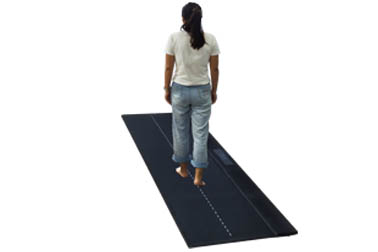
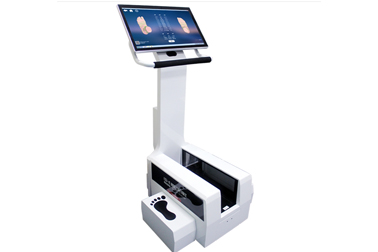
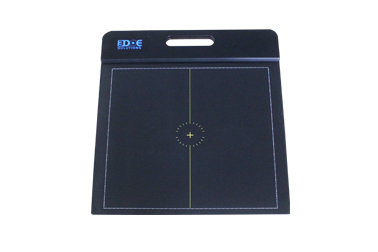
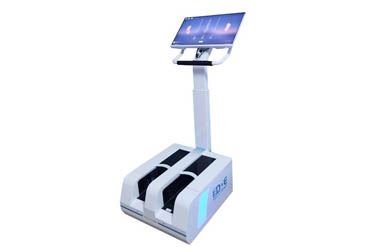
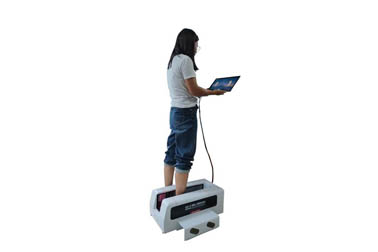



 +86-0755-86131192
+86-0755-86131192